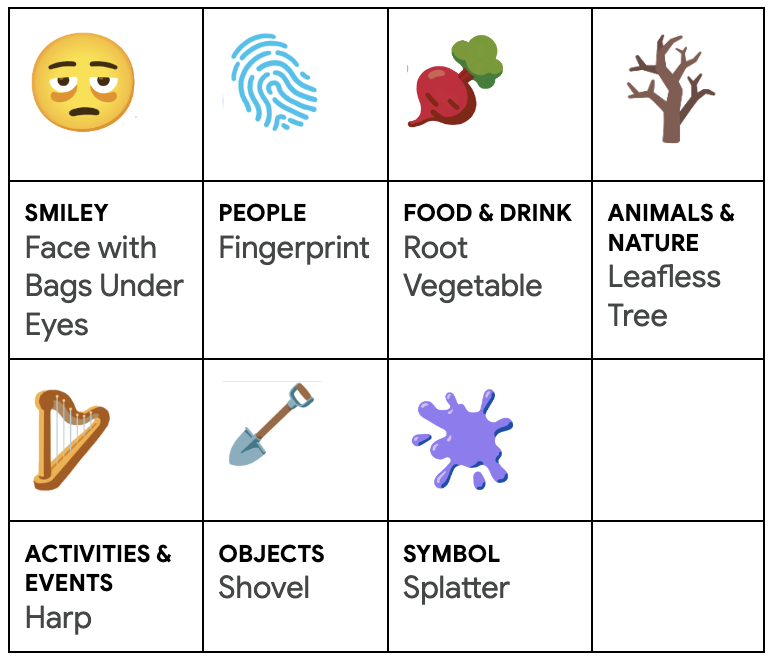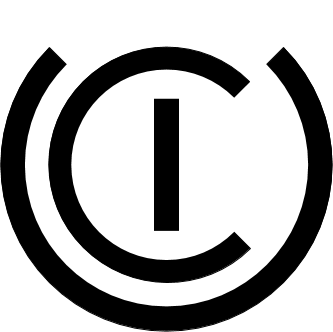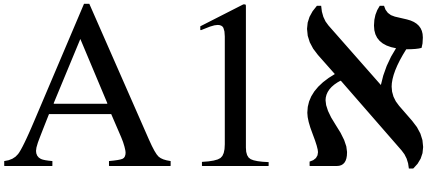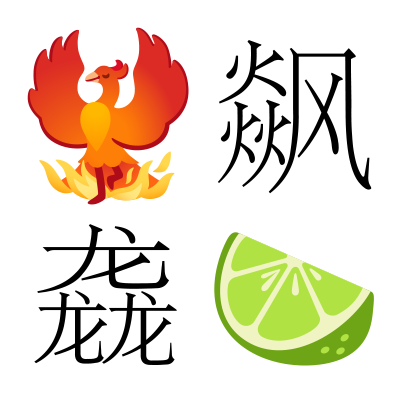![[image of 3 badges]](https://www.unicode.org/announcements/gold-silver-bronze-horiz.png)
Now you can adopt a character and show off your hobby or business, favorite sport, or love. For that special someone who seems to have everything, you can also give a unique gift.
Allergies? 🤧 Traveling? ✈️ No worries, the cat emoji 😺 has no fur and requires no feeding! The dog emoji 🐶? No need to go out for a 3 am walk! Looking to be a Scrabble champ? The strong and fast letter Z is right for you!
Your good friend is studying to be a doctor. How about the stethoscope emoji as a gift? 🩺Or even an emoji to support your favorite college football team this season! 🏈
With nearly 150,000 characters there's something for everyone! The possibilities are endless! It's also a tax-deductible donation in the United States, to the extent allowed by law. Your company may also provide matching funds.
☯🏏 🏈 ⚽ 🔥🎁💍爱戀🥳 🙌 🎂💗💟₨ ₪ € ₭ ₱🥰 😍♕Ωπ
About Adopt-a-Character
The Adopt-a-Character program was launched in 2015 to support Unicode's mission to ensure everyone can communicate in their own languages. Adopt-a-Character funds have supported work on historic scripts, including Old Uyghur, Old Sogdian, Sogdian, Seal Script (China), and Mayan Hieroglyphs, and Egyptian Hieroglyphs. Additional support has been provided to encode the modern scripts Hanifi Rohingya, Tolong Siki, and Sunuwar, among others.
Characters can be adopted at three levels:
Gold - $5,000
Silver - $1,000
For any particular character there can only be five Silver adoptions! Be one of the five to adopt your favorite characters as a Silver adopter!
Bronze - $100
For any character, there are an unlimited number of Bronze-level adoptions! Also a wonderful option!
Each adoption is recognized with a digital badge that you (or your recipient!) can proudly share via your social channels and via websites. Adoptions also come with a digital certificate that you can print to display or email to your giftee!
About the Unicode Consortium
The Unicode Consortium is the premier 501(c)3 non-profit, open source, open standards body for the Internationalization of software and services. It is arguably the most widely deployed software in the world available across 20 billion devices and counting! At its core, Unicode enables people around the world to communicate in any language.
And - if you want to simply make a donation to support Unicode’s work, you can do that, too!
This Giving Tuesday, let's come together to continue to celebrate and preserve linguistic diversity. Adopt a character and make a difference!
Support Unicode
To support Unicode’s mission to ensure everyone can communicate in their languages across all devices, please consider adopting a character, making a gift of stock, or making a donation. As Unicode, Inc. is a US-based open source, open standards, non-profit, 501(c)3 organization, your contribution may be eligible for a tax deduction. Please consult with a tax advisor for details.
![[badge]](https://www.unicode.org/announcements/ynh-pink-heart.png)




 Unicode® ICU 74 has just been released. ICU is the
Unicode® ICU 74 has just been released. ICU is the
![[image]](https://www.unicode.org/announcements/cldr42-annc-postalHorn144.png) Unicode CLDR version 44 is now available and has been integrated into version 74
of ICU. In CLDR 44, the focus is on:
Unicode CLDR version 44 is now available and has been integrated into version 74
of ICU. In CLDR 44, the focus is on:![[image]](https://www.unicode.org/announcements/cldr40-alpha-annc.png) The Unicode
The Unicode 







